So it’s finally here. After much speculation and disappointment of a no show towards the end of 2011, the start of 2012 see’s the announcement of the much anticipated Nikon D4. It’s already plastered all over half the sites around the world but I figured what type of Nikon shooter would I be if I didn’t do my bit to spread the word, and write down my initial thoughts on the camera. And I have to admit, the little boy at Christmas syndrome is kicking in, as I knew it would. You see, I’m not just a photographer, but a lover of gadgets and technology. So this is like an early birthday present for me (Jan 21st, hint hint lol).
Those looking to get in with a pre-order in the UK, just to give you a heads up I did mine with the top team at Clifton Cameras.
U.S. readers, B&H Nikon D4 pre-order now up too.
UPDATE: I’ve now been lucky enough to spend a couple of hours one to one with a Nikon NPS specialist and the D4 ahead of it’s worldwide release, so please do check out my Nikon D4 pre-production review.
There are a few links to sample images and a couple of great videos below. So here it is, the Nikon D4…
Nikon D4 quick over view
RESOLUTION: 16.2MP
SPEED: 10fps (11 with auto focus and metering off)
ISO RANGE: 100-12,800 with Hi settings up to 204,800
AUTO FOCUS: 51 points, works at up to -2EV and f8
MEMORY CARDS: Dual slot. 1 x XQD and 1 x Compact Flash
BUFFER: 105 RAW with XQD and 79 with CF
Official Links:
Nikon.com
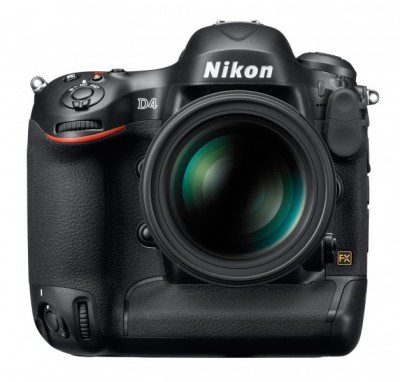
The Nikon D4 front end
The camera itself looks a little more rounded than it’s predecessor, more modern if you will. I’ve always liked the D series bodies and the ergonomics of them, and this looks to be a nice enhancement to the series. The rear of the camera looks quite busy with an awful lot of buttons to content with, but eagle eyed viewers will spot the very welcome addition of a little thumb stick for allowing you to change focus points when holding the camera in portrait orientation. A very very welcome feature!
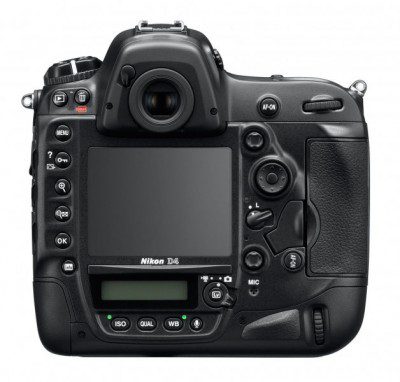
And the D4 rear. Lot\’s of buttons.
As far as images are concerned, there aren’t too many surfacing yet. But these images appear in the PDF brochure you can download from Nikon. They’re quite compressed but they certainly hint at the ISO performance at 6400 and 12,800. Images are quite large, click for full size.
EDIT I’ve just seen this image, taken at 6400, again very impressive and backs up my thoughts that the camera will perform a lot better in use than the specs on paper suggest. I really wouldn’t be surprised if the lower Hi settings perform well enough to make them usable.

Nikon D4, ISO 6400. Image from Nikon PDF
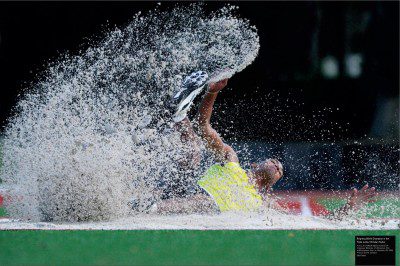
Nikon D4 at ISO 12,800. Image from Nikon PDF
Hopefully more images will surface soon! But you can check out more samples Images via Nikon
Nikon D4 vs Canon 1DX
Ok, so let’s just get this out the way now because you’re all thinking it. You’re all comparing the D4 specs to the 1DX instead of the D3s, the camera it replaces. The jump from the D2X to the D3 was incredible. In fact it wasn’t so much a jump and more getting in a plane and flying across the planet. Then the D3s came along and pushed those boundaries even further. And now, now we have the Nikon D4. The next generation in DSLRs from the Nikon stable. It’s only natural that many people out their would be just waiting to see the numbers for this latest camera, eager to compare it to what Canon recently brought to the table with the 1DX. Well here we are:
- The D4 sports a beefed up 16.2MP sensor but lower than the 1DX coming in at 18.1MP. Lower pixel count should in theory help with the high ISO noise control though.
- It has a beefed up version of the same tried and tested 51 point autofocus system, compared to the 1DX and it’s 61 points. But the real plus here for me is the D4 AF working with f8 lenses. So I’m hoping my TCE-20EIII teleconverter will now be a little more reliable on the 600 VR. So that is a very welcome feature indeed. Not to mention the focus now works down to -2EV, which means you can focus for longer as the light levels drop. And what good would that be if the ISO wasn’t improved…
- So what of the ISO? Well, that’s been beefed up too, but maybe not as much as many (myself included) might have expected. There were a lot of rumours going around leading up to the announcement that said the D4 would have a native range of 100 – 102,400. But what we get instead is almost the same range as the D3s, with 100 – 12,800 with the Hi settings taking us up to a Canon matching 204,800. I’ve already(!) this morning read complaints online from people angry about this! Crazy. The thing to remember is these are just numbers on the screen, and until we start seeing real world images filter through from end users, nobody will know how either of these cameras perform in the upper ranges of their ISOs. For the record, I expect both cameras will be nothing short of stunning and it wouldn’t surprise me in the slightest if we saw a 2 stop improvement in noise handling across the entire range of the D4.
- We also get 10fps, up from 9 on the D3s. The Canon has ‘up to’ 12 and a high speed mode of 14, although I’m not sure what limitations come in to play to get up to 12 and 14.
- There is beefed up 1080p video in a Pro body, but I’m not really up on my video specs but it features uncompressed video via HDMI out, full manual control of exposure, sound audio levels and a few other things. But again, I’m not really a video expert so all I can say to all that is right now is ‘nice’. lol
So as you can see, the two cameras are very much on par although the numbers being thrown around by Canon are on paper, a little better. But the bottom line for me, is both these cameras are just stunning. Both will get you good images, hell even the camera you are using right now will. But one thing is for sure, the D4 builds very nicely on top of the foundations laid down by the D3s before it. And that’s the key thing here for me as a current D3s shooter, I already know what an incredible camera the D4’s predecessor is to use, and that a radical leap forward would be hard pushed. I can’t imagine we’ll see another jaw dropping shift in performance as we did between the D2x and D3 just yet. But what we have here is a camera that improves on what was already a masterpiece. And that, is very exciting indeed! I just can’t wait to start shooting with it!
WHAT ELSE CAUGHT MY EYE
So now the inevitable comparison is off my chest a little, there are a few other new additions to the D4 that stand out.
Noticeably it accepts the new XQD memory card standard for faster data transfer from the buffer. Interestingly, this time round Sandisk are not the memory card manufacturer quoted in-line with the camera. I guess because the first XQD card has only just been announced for a February release by Sony. And in reading up about the new cards I spotted the buffer performance of the D4. wow. Thanks to the Expeed 3 processor, we are now up to 105 uncompressed RAW files when using the new XQD card. Seriously impressive! But, fear not for those that are still sticking to the Compact Flash system, because you’ll still get 79 RAW images with that (almost double the D3s)! The arrival of two different card technologies in one camera might annoy those who would prefer two card slots the same, but it would have been a tough call for Nikon. They either had to ignore the new technology and stick with compact flash (not a smart move), only use the new technology (very bad move) or use both. They made the right choice as now everyone can experience the future of memory card technologies and still use their existing cards in the meantime.
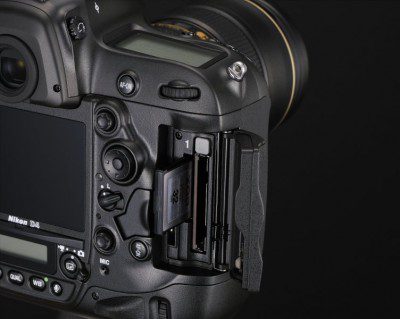
The Nikon D4 supports the new XQD and older CF memory cards
Illuminated rear buttons for better visibility in low light situations. Nice. I like this, a lot! It’s not every day I find myself wishing I could see the controls on the camera a little easier in low light, but it happens. And given the ISO and autofocus allowing you to shoot pretty much in the dark, it makes sense that you can see what you’re doing with the controls.
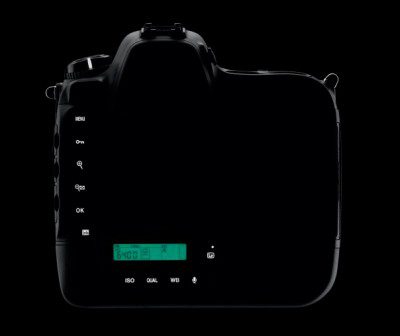
The D4 illuminated buttons
We also now get the ability to control the camera via a web app, if I understand that correctly, via the new WT-5 wireless transmitter. So if you have an iPhone or iPad, you don’t need any apps. The software is all built in to the D4, so all you need to do is login to the web app and off you go. Video demonstrating that is below.
The larger 3.2″ rear screen has also been improved to now feature a sensor to detect ambient light levels. It all now adjust not just the brightness, but the saturation and gamma to try and give you optimum viewing when you need to look at it.
Another feature that is highly welcome, is that the focus point can now be set to switch when the cameras orientation is rotated, so the focus point stays on the target.
Phew, ok that’s all I’ve got time to write for now as I’ve got to head out. But I’ll paw over the specs and info a little more later and update this post accordingly. I the meantime, you can check out this 7 minute video shot with the D4. Best viewed large!
Exciting times ahead!








